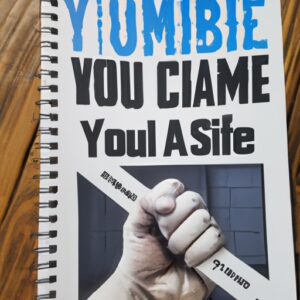Recording Audio for Your Podcast: Tips and Best Practices
Are you planning to start your podcast, or are you already a seasoned podcaster looking to refine your recording skills? Look no further, for in this article, we will cover the best practices to ensure that your audio quality is top-notch, giving your listeners an excellent listening experience.
The Right Equipment
First things first; you need to invest in quality equipment. A high-quality microphone is a must-have for any podcaster. Remember, your listeners can forgive poor video quality, but they won’t tolerate bad audio.
Not all microphones are created equal. You can either go for a USB microphone, which is suitable for beginners, or an XLR microphone, which offers better sound quality, but requires an audio interface. Whichever option you go for, ensure that the mic is compatible with your recording software.
Careful Recording Environment
The environment in which you record your podcast plays a crucial role in the resulting audio quality. Choose a quiet room with little to no external noise or echo. Hard walls, floors, and ceilings will reflect sound and create a nasty echo effect.
Proper insulation is, therefore, vital. Investing in soundproofing materials or using sound blankets goes a long way in capturing clear and crisp audio. You can also use a pop filter to reduce any popping sounds while you speak.
Recording Software
Your choice of recording software is equally crucial. There are several options to choose from, depending on your preferences and budget. Audacity is a popular free option ideal for beginners, while Adobe Audition is ideal for professionals.
Whichever software you choose, ensure that you have enough space on your hard disk to store the recordings. You don’t want to run out of space as you record.
Test and Re-Test
Before you start recording your podcast, to ensure everything is working correctly, always run a test recording. This way, you can identify and fix any issues before recording your actual show.
During recording, regularly monitor your sound levels, and ensure you’re recording at the right pace. Rehearse your script and familiarize yourself with your microphone and recording environment.
Edit and Publish
Finally, after recording your podcasts, edit the raw files, remove any unnecessary sounds or dead spaces, and add any required effects, such as intros, outros, and music. Be thorough with your editing, and ensure the final product is polished, professional, and engaging.
Once you’re satisfied with your edits, publish your podcast through your preferred hosting platform.
Armed with these tips and best practices, you’re ready to start recording your podcast. Remember, practice makes perfect, so keep recording, editing, and publishing. Good luck, happy recording!






